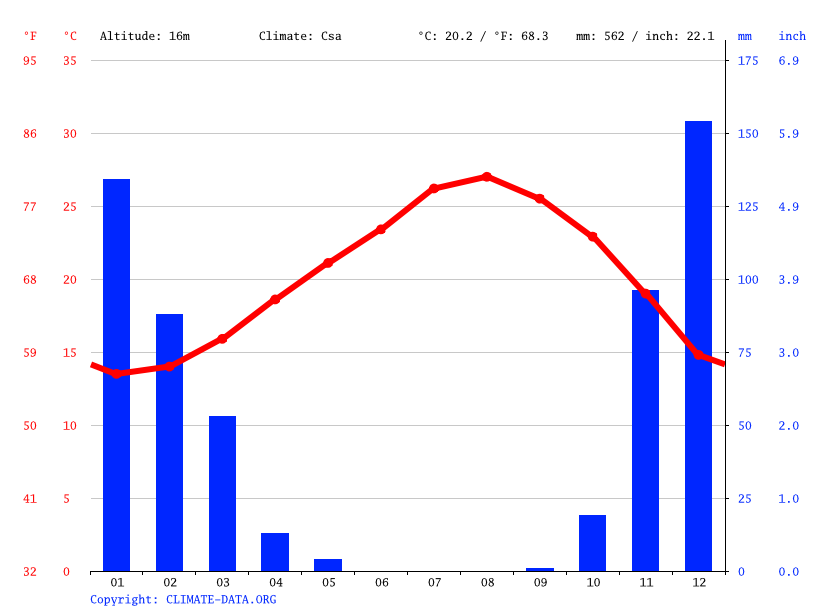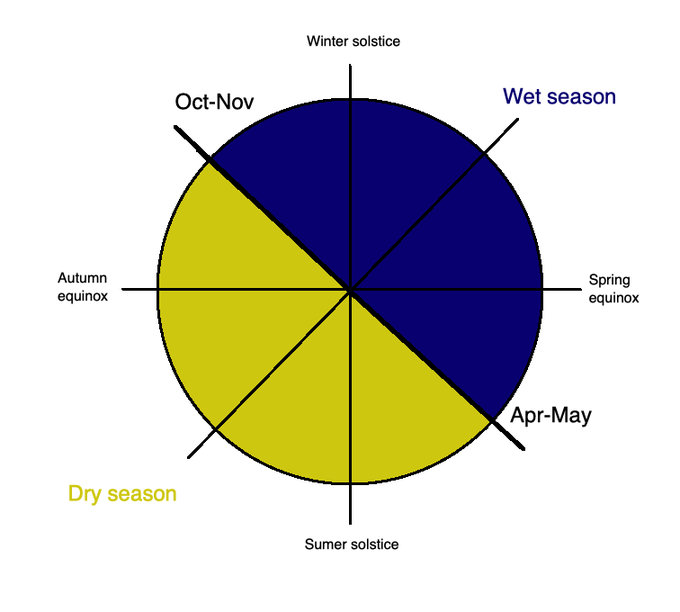A pottery vessel, a ewer, from the Fosse temple at Lachish dated to the 13th century BC, bears an inscription on the shoulder which reads from left to right "Mattan (the donor), an offering to my lady ’Elat". Pic from "Western Asiatic Tree Goddesses".
Symbol analysis 👇
Below the inscription, on the shoulder from left to right, a freeze of animals and trees is drawn: a lion, fallow deer, male and female of the species, a bird with spread wings and tail and a stylised tree flanked by goats...
This is very interesting indeed, as the animals are depicted in exact order they should be placed if they were used as animal calendar markers, markers which mark either mating or birthing or migrating time of the depicted animal...
Lion. Lion animal calendar marker marks the period Jul/Aug, beginning of the mating season of Eurasian lions. This period is still today marked by a lion, Leo...
Deer. Fallow deer marks the period Aug/Sep, which is when the rut season of the Persian fallow deer, native to Levant, takes place...
Bird. Bird with spread wings and tail is the ancient way of depicting an eagle. Vulture is symbol for Oct/Nov, because this is when old world vultures, specifically griffon vultures start mating, in late autumn, Oct/Nov. But I think that bird here is a symbol of something else...
Israel is on the major bird migratory route between Eurasia and Africa. And Sep/Oct is the peak migration season of the large soaring birds, including raptors of all kinds...
When these vessels were made, millions of raptors flew over Fosse temple at Lachish in Sep/Oct. And I think that this is what the eagle animal calendar marker marks on this vessel. Charts showing migration times for Honey-buzzard Pernis apivorus, Levant Sparrowhawk Accipiter brevipes and LesserSpotted Eagle Aquila pomarina.
More info about autumn bird migrations over Israel can be found in "Soaring-bird migration over northern Israel in autumn".
Goats. Ibex goat marks the period Oct/Nov, because ibex goats start mating in Oct/Nov and continue mating through the winter, until Jan/Feb...
Sooo, we have
Lion - Jul/Aug
Deer - Aug/Sep
Eagle - Sep/Oct
Goat - Oct/Nov
What a coincidence...Not...🙂
There's more:
The reason why two rampant Ibex goats are depicted facing a tree (of life) is because the climate in Levant is divided into hot, dry half (Apr/May-Oct/Nov) and cool, wet half (Oct/Nov-Apr/May).
The rains, which support (the tree of) life in Levant, arrive when male Ibex goats start their mating fights over females, in Oct/Nov...
BTW, do you see how the tree of life on this bronze age vessel from Lachish looks like Menorah?
Now here is another vessel from the Fosse temple at Lachish also dated to the 13th century BC. On this vessel we see two rampant goats facing not a tree, but a vulva...Vulva is the symbol of fertility number one...Obviously...Easy to understand why...
Vulva is used on a lot of ancient artefacts to represent the fertility of the land. And here this is explicitly spelled out: mating goats of rain, rain which makes land fertile, facing vulva, symbol of fertility...
See wavy lines between vulvas? Flowing water...
Also, you see how the vulva is depicted with dots? I would suggest that the vulva is symbol for a field, grain field, and that the fertility goddess, fertile earth, mother earth, is actually the mother of grain...
You should check this article, "Arjoune venus", about this early Halaf culture figurine from the Arjoune site in Syria. This Venus has square dotted vulva, basically spelling out that the vulva here is actually a grain field...
This is Inanna/Ishtar speaking:
"...Before my lord, Dumuzi,
I poured out plants from my womb.
I placed plants before him,
I poured out plants before him.
I placed grain before him,
I poured out grain before him,
I poured out grain before my womb..."
Also check the article"Sabi Abyad venus", about this figurine from the Late Neolithic and Early Halaf Village at Sabi Abyad, Northern Syria, part of Fertile Crescent. dated to 7th mill BC.
Here the front of the figurine has huge vulva, and the sides and back have symbols for grain.
The symbolic link between women and earth depicted on this Early Vinča Culture terracotta figurine from Jela, Iron Gate region of the Danube, Serbia, c. 5200 BC, H. 5.3 cm, which has a branching plant (grain?) growing out of the womb...
I talked about this in my article "Mother of Grain"...
The same idea depicted on this group of gold and electrum pendants, found in Levant and dated to the Middle-Late Bronze Age. Grain growing out of the vulva...I talked about them in my article "Hathor grain pendants"...
And so finally, the original ewer was dedicated to Alat...So who is then Alat? Definitely not female Alah...She is fertile Mother Earth, more specifically, Mother of grain...
And of course, we can read that Al-Lāt, was reputed to enjoy offerings of barley porridge (sawiq) and small cereal cakes: her devotees prepared these dishes especially, as barley and other grains were considered symbolic of her...
To read more about ancient animal and plant calendar markers, start here…then check the rest of the blog posts related to animal calendar markers I still didn't add to this page, and finally check my twitter threads I still didn't convert to blog post...I am 9 months behind now...



















Animal stories and their geo/ecology https://twitter.com/abenitezburraco/status/1789881136807543294?cxt=HBwW_Iew2aTa99YxAAAA&cn=ZmxleGlibGVfcmVjcw%3D%3D&refsrc=email
ReplyDelete